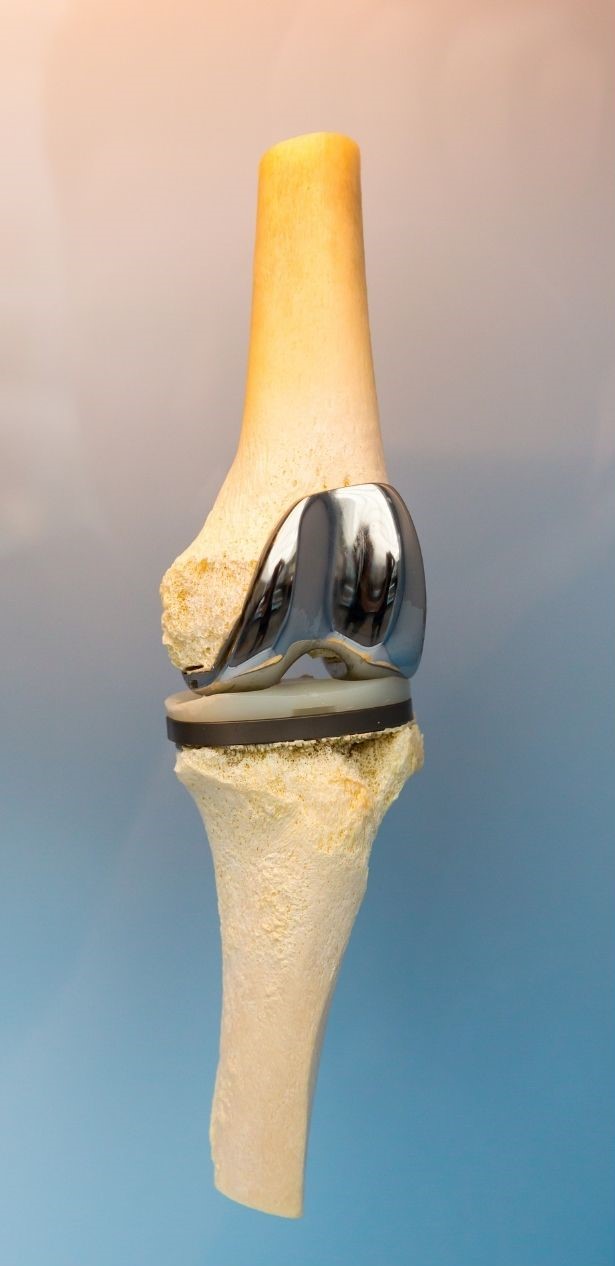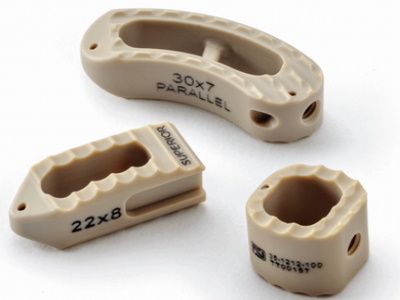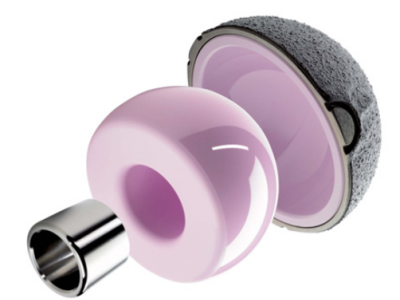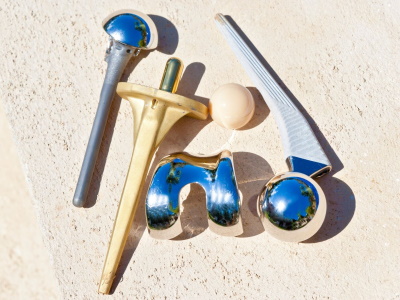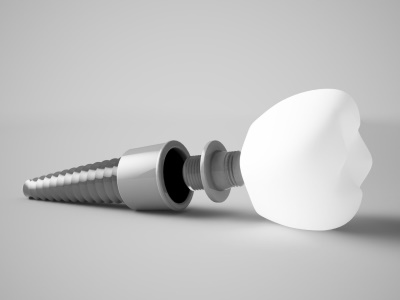What is behind the 10993-7 standard?
The standard is therefore based on the maximum daily doses of ethylene oxide and ethylene hydrochloride.
But there are 3 categories of exposure:
- limited exposure (A): medical devices for which the cumulative sum of single, multiple or repeated contact time is less than or equal to 24 hours;
- prolonged exposure (B): medical devices for which the cumulative sum of duration of single, multiple or repeated contact is likely to exceed 24 hours, while remaining less than or equal to 30 days;
- permanent exposure (C): medical devices for which the cumulative sum of duration of single, multiple or repeated contact exceeds 30 days.
Each type of exposure corresponds to a different maximum acceptable daily dose of EO and HSE, also taking into account the exceptions according to the type of population such as for example for newborns where the rate must be much lower than that acceptable for an adult .
To determine whether the device complies with the standard, extractions must be carried out according to methods validated and approved by the standards committee.
In fact, the samples intended for analysis must be selected to be truly representative of the product and particular attention must be paid to factors that may influence the level of residues or the rate of dissipation of the residue, such as aeration, the composition of the product. 'packaging,…)
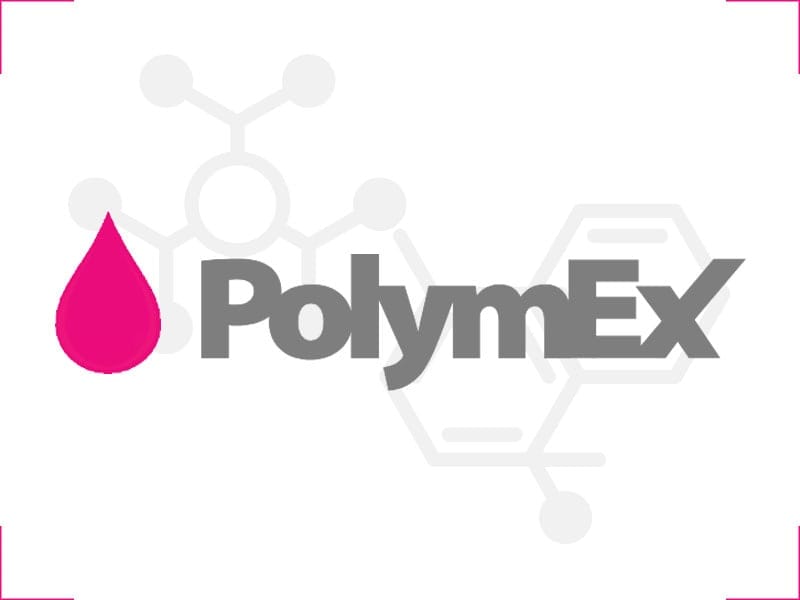
 EN
EN
 FR
FR